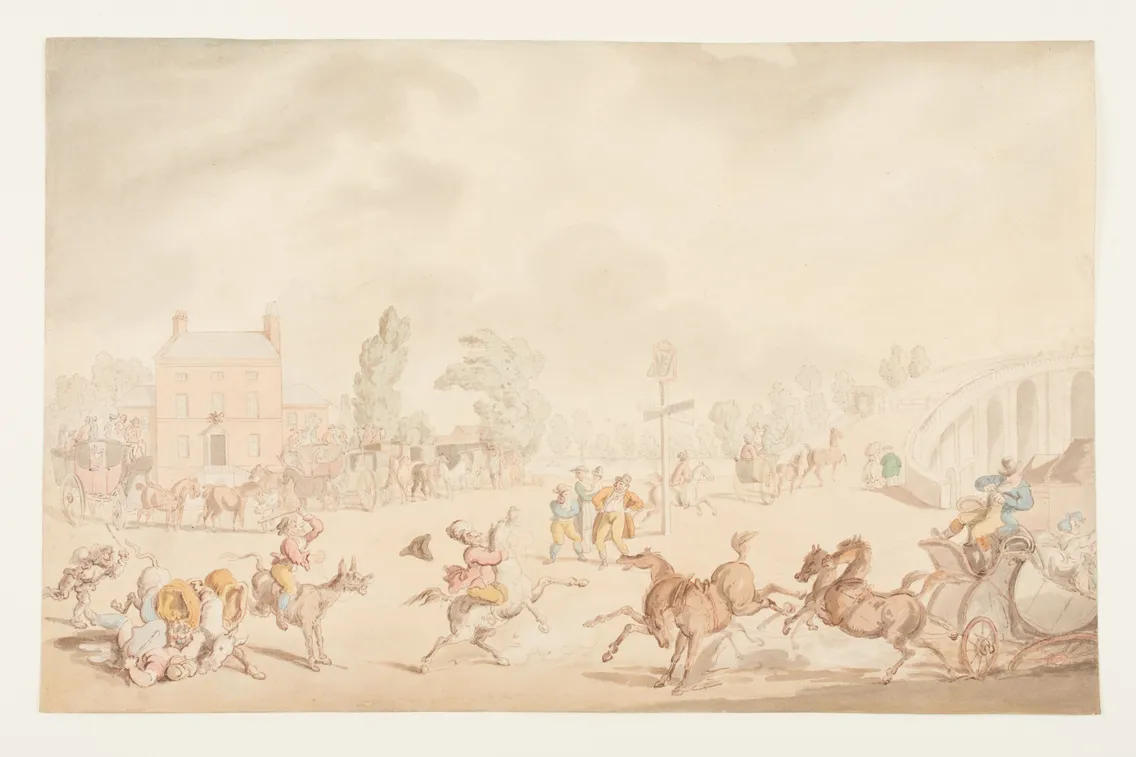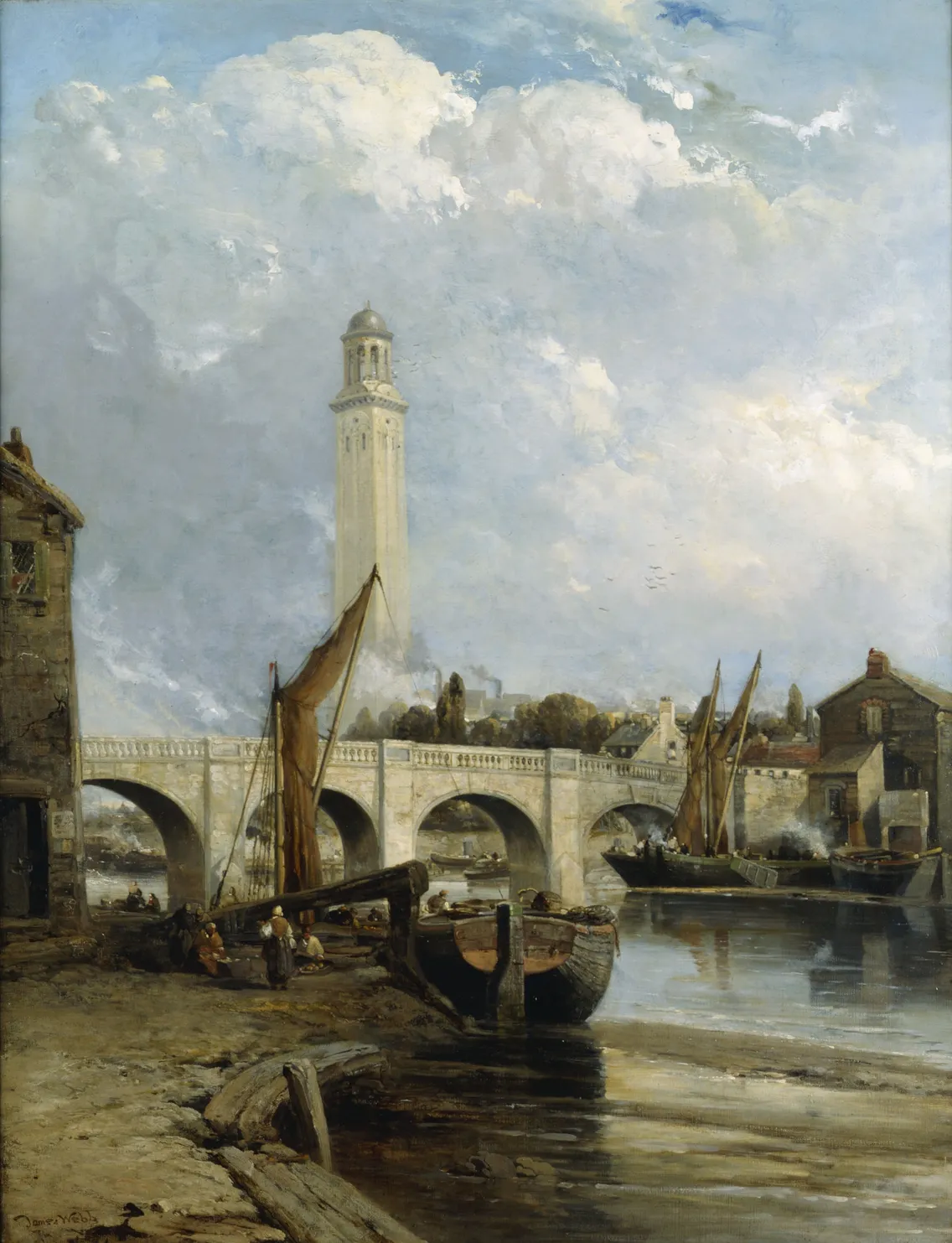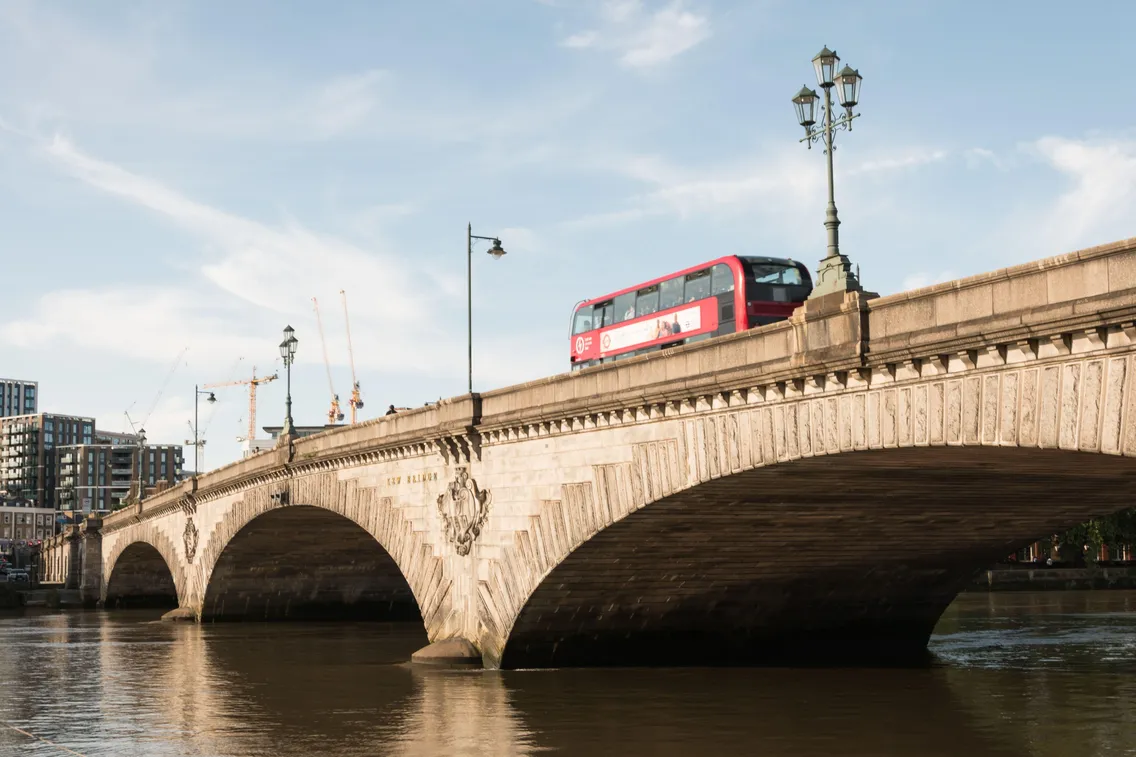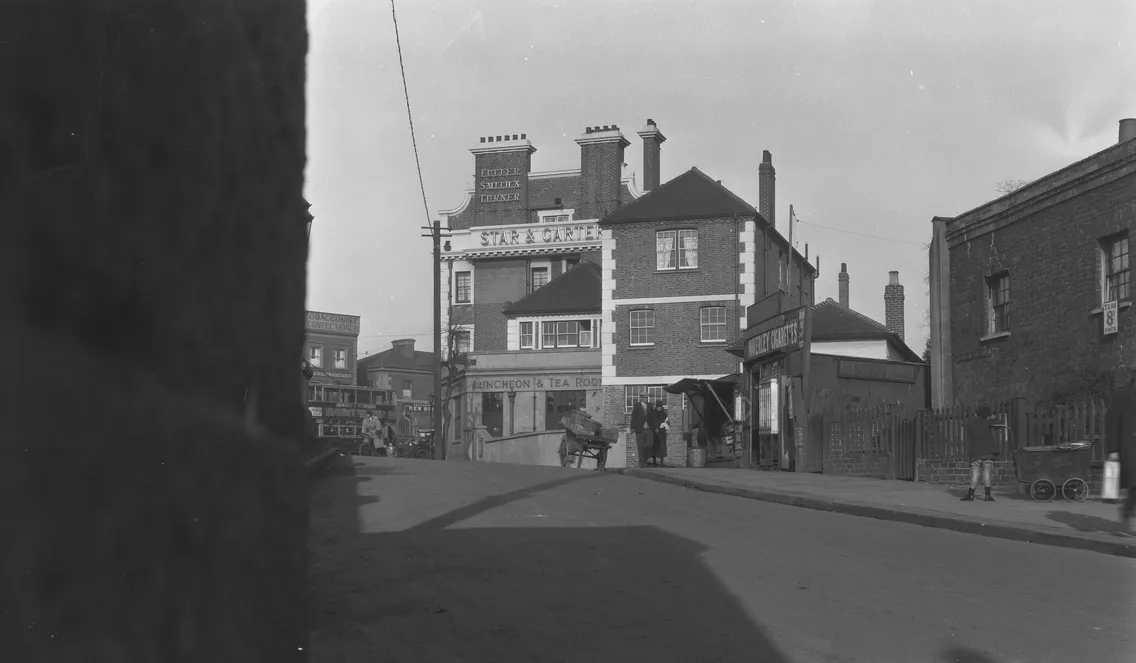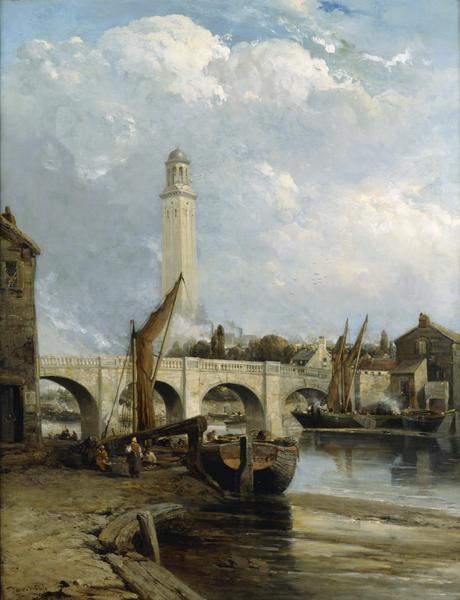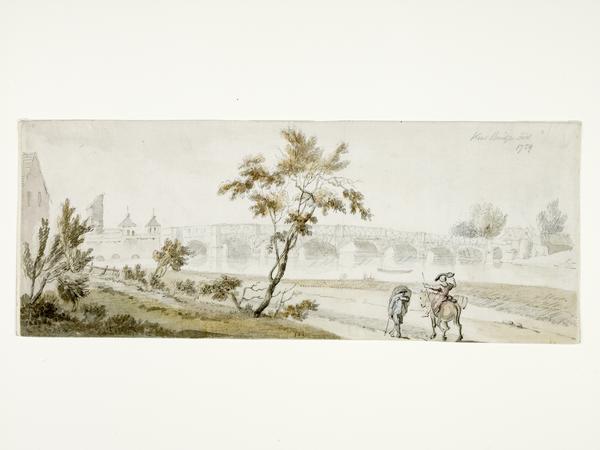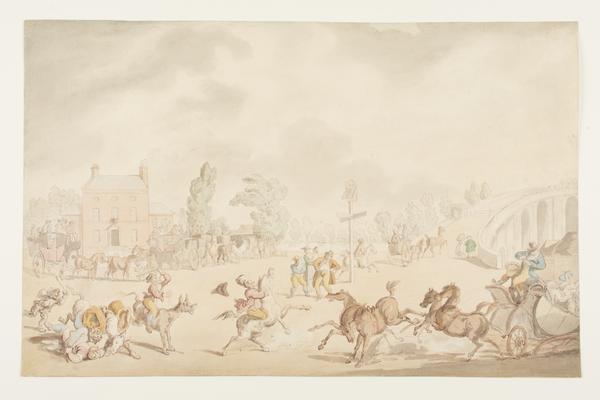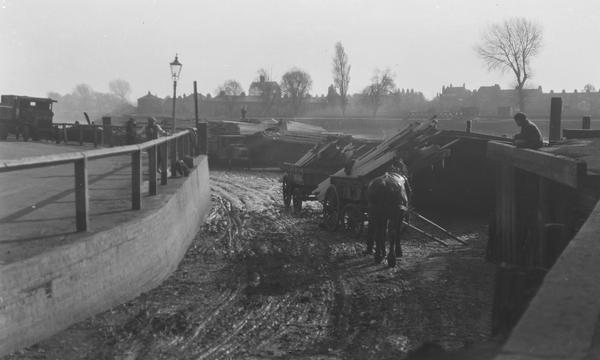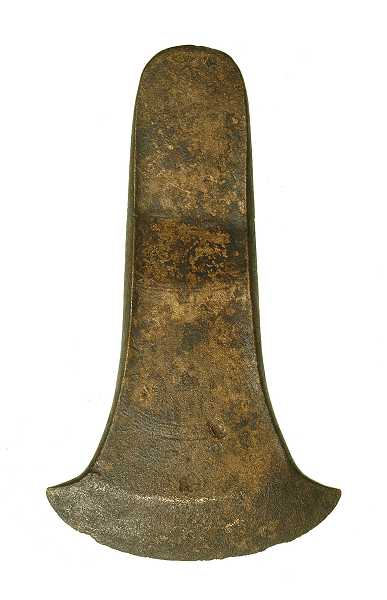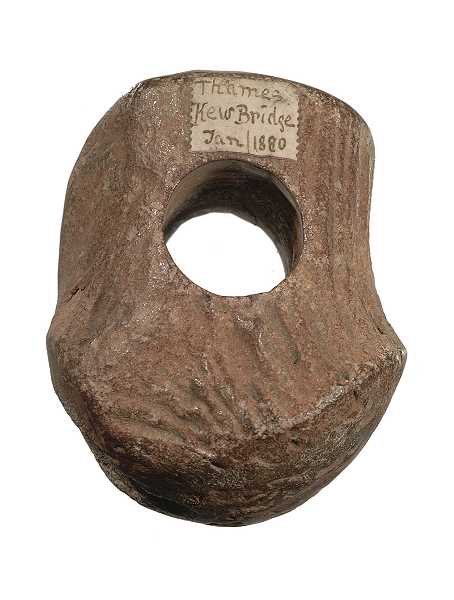Kew Bridge
The first Kew Bridge was built more than 250 years ago, but the current bridge dates back to 1903. Open to pedestrians and road traffic, it connects the west London suburbs of Kew and Brentford – and the North and South Circular Roads.
Kew and Brentford
Since 1759
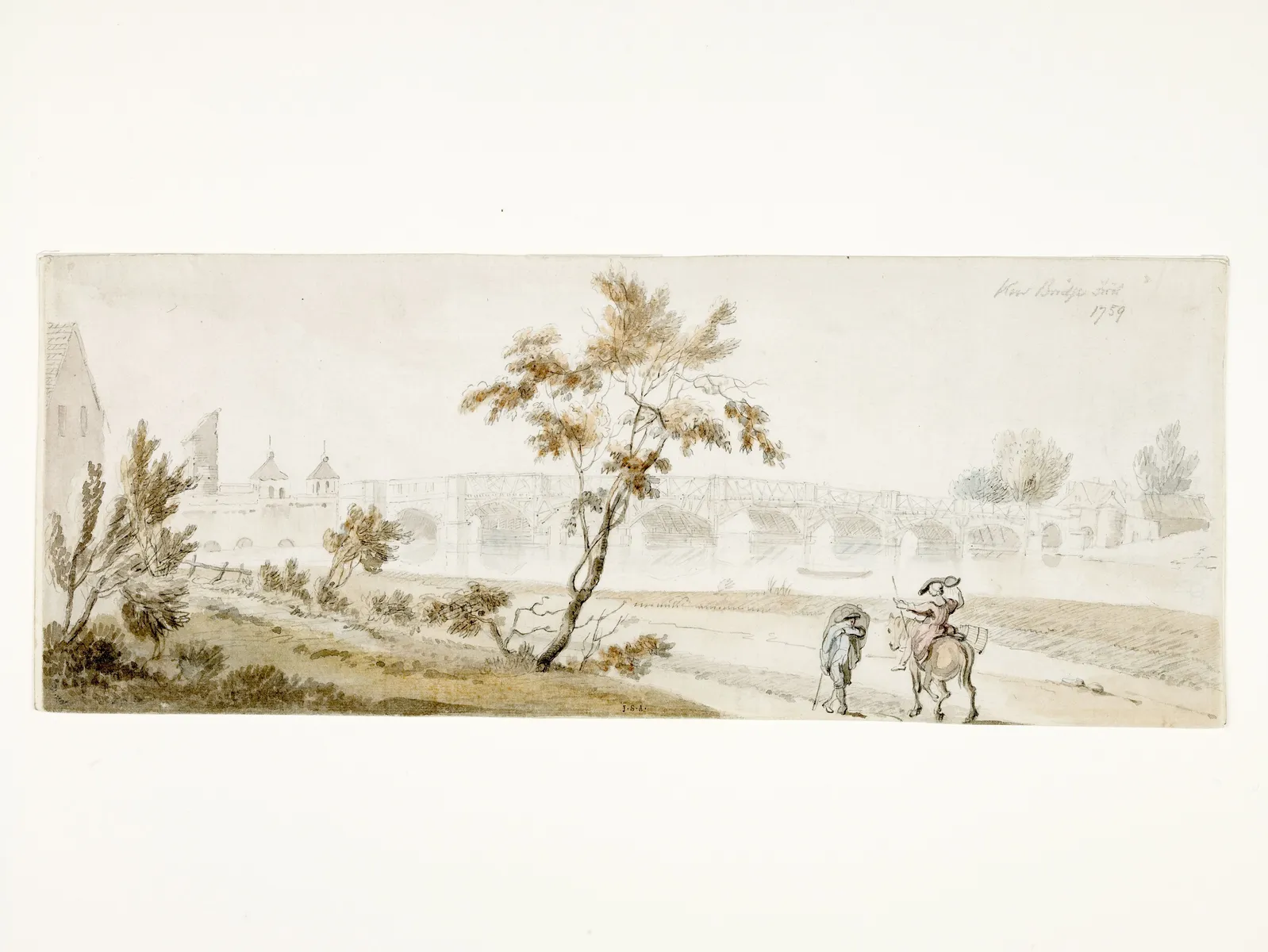
This drawing from 1759 shows the first Kew Bridge.
The first Kew Bridge, 1759
The opening of the first Kew Bridge in 1759 was met with huge excitement.
Before then, locals had to use a ferry service to cross the Thames at Brentford.
The first structure used stone at each end, but the seven arches in between were made from wood. After 30 years it needed to be replaced.
“Free bridges for a free people”
The Illustrated London News, 1874
The second Kew Bridge, 1789
James Paine designed the next version, having previously worked on the neighbouring Richmond Bridge.
To avoid disrupting traffic, it was constructed alongside the existing bridge. George III opened it in 1789, 30 years after he had opened the first Kew Bridge as Prince of Wales. As with the original, users paid a toll to cross it.
In the second half of the 19th century, the Metropolitan Board of Works bought a number of London bridges to make them toll-free. It took control of Kew Bridge in 1873, and the toll was scrapped, causing great celebration among locals.
The Illustrated London News reported on a ceremony held to mark the bridge becoming toll-free in 1874: “The watchword in the surrounding districts has of late been ‘Free bridges for a free people,’ which on Saturday was displayed on banners”.
The third Kew Bridge, 1903
With London’s expansion creating more traffic, a decision was made in the 1890s to replace the bridge once again. This new bridge, which is still in use today, was designed by Cuthbert Brereton and John Wolfe-Barry, who also co-designed London's Tower Bridge.
It was opened by Edward VII in 1903 and named in his honour. But after a few years the new name was dropped and it officially became Kew Bridge once again.
Connections: Kew and Brentford
Kew Bridge carries traffic from Kew Road in Kew on the south side of the Thames, to Kew Bridge Road in Brentford, on the north side. It runs between the boroughs of Richmond upon Thames and Hounslow.
Kew’s Royal Botanic Gardens, which date back over 250 years, are on the south side of the river here. To the north is Brentford Football Club and Gunnersbury Park.
With its detailed stone architecture and elegant design, Kew Bridge is not just functional. It also draws those out for a leisurely stroll, jog or bike ride, and photographers making the most of the panoramic view of the Thames. Beneath the bridge, houseboats nestle alongside marinas on both banks of the river.


